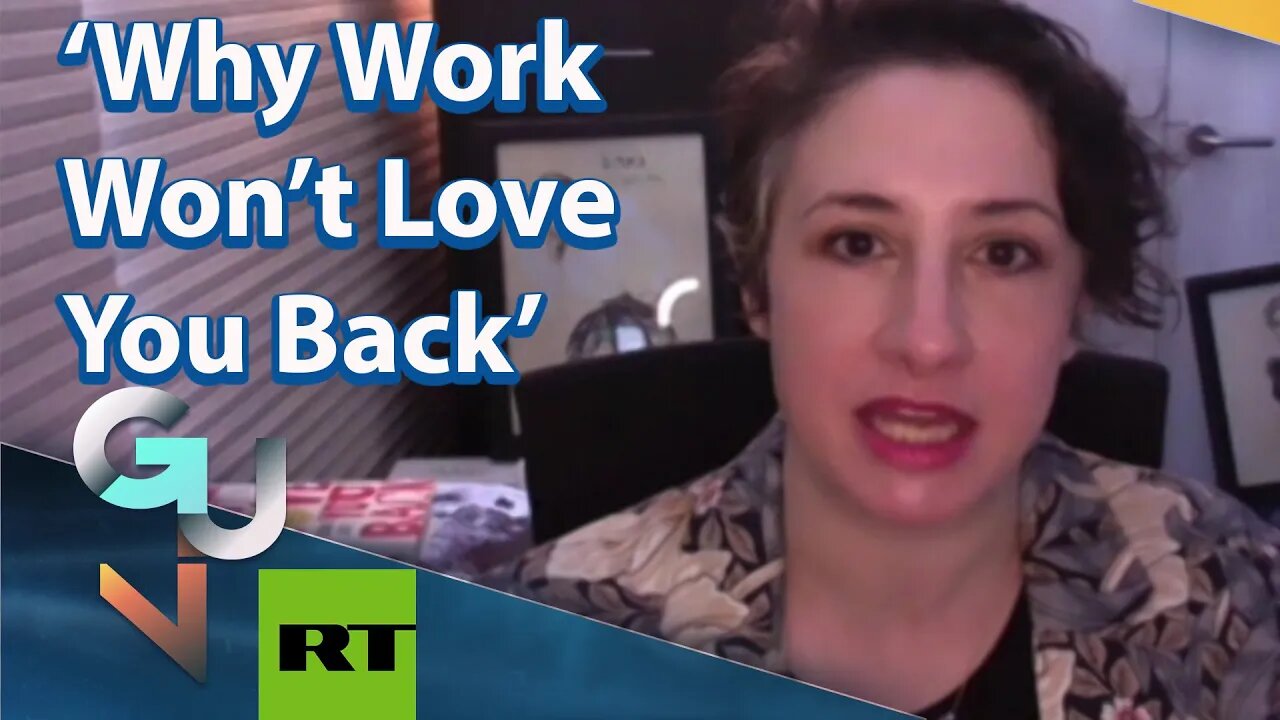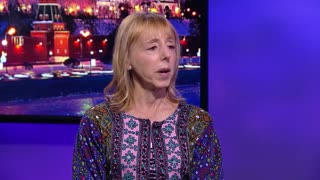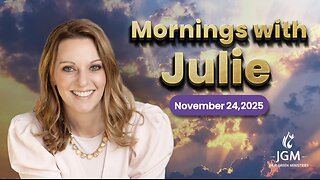Premium Only Content

ARCHIVE: Re-thinking Work Under Capitalism: Are We Devoting Too Much To Work? (Sarah Jaffe)
FIRST AIRED: 01/02/2021. We speak to Sarah Jaffe, Author of 'Why Work Won't Love You Back'. She discusses how Coronavirus has helped debunk the claim that work is fulfilling and wonderful, the issue of no pay for women for household work, the reason why so many teachers are traditionally women, why the charity system 'justifies the way things are' and much more!
We contacted the HM Treasury about the allegations in this show and a spokesperson said: “As we noted back in the autumn, figures published on 28th January confirm that take-up of Eat Out to Help Out does not correlate with incidence of Covid regionally – and indeed where it does the relationship is negative.”
Background
As we have done throughout the pandemic, we have worked with creativity and at pace to support individuals and businesses.
We designed The Eat Out to Help Out scheme to protect 2 million jobs in hospitality, an industry whose employees are at high risk of long-term unemployment in the event of redundancy.
It protected jobs across the UK by bringing back 400,000 people from furlough whilst safely restoring consumer confidence.
On 28 January HMRC published a geographical breakdown of EOHO measuring number of outlets, meals claims and total value of discounts claimed.
If you correlate meals claimed per head of population with new cases of Covid-19 recorded during September and October (data from gov.uk dashboard), there is little evidence to support the claim that EOHO directly led to an increase in Covid-19 cases on a UK-wide level.
Local take-up of EOHO was not positively correlated with COVID rates between August and October in any English region or country. When comparing the total number of new COVID cases (between 3 Aug and 1 Nov) per 100k population, and the relative EOHO uptake (meals per population), the correlation is only significant in 2 out of 12 countries/regions (Wales and Yorkshire & The Humber), and the correlation is negative in both examples.
The EOHO scheme began on 03/08/20 and ended on 31/08/20. At the end of the scheme, there is a lack of convincing evidence that take-up of the scheme has led to an increased amount of new cases, based on specimens obtained in week 36 (31/08/20).
As there appears to be a lack of compelling evidence for a UK-wide correlation between EOHO and COVID, there are local authorities with very high EOHO take-up and relatively low levels of new COVID cases, as well as local authorities with high levels of new COVID cases and low take-up of the EOHO scheme.
To perform this analysis yourself, request the following in the gov.uk dashboard:
Region type: lower-tier local authorities
Time span: Full archive (year-to-date)
Variables: “newCasesBySpecimenDate”
To mitigate the delay between exposure of Covid-19 and onset of symptoms we use this variable which is the date the specimen was obtained rather than positive test was published.
FOLLOW Going Underground http://twitter.com/GUnderground_TV
FOLLOW Afshin Rattansi http://twitter.com/AfshinRattansi
SUBSCRIBE on Telegram: https://t.co/xDEHJ0c6WW
-
 27:53
27:53
Going Underground Episode Archive
4 months agoEp. 500: ‘Russian Lawyers’ & a new era for the National Union of Students
230 -
 LIVE
LIVE
LFA TV
10 hours agoLIVE & BREAKING NEWS! | MONDAY 11/24/25
2,381 watching -
 LIVE
LIVE
The Chris Salcedo Show
16 hours agoDemocrat's House Of Cards Continues Historic Collapse
542 watching -
 LIVE
LIVE
Julie Green Ministries
1 hour agoLIVE WITH JULIE
16,840 watching -
 LIVE
LIVE
Game On!
15 hours agoIt Was ALWAYS A Shedeur Thing! NFL Week 12 RECAP!
239 watching -
 11:55
11:55
Upper Echelon Gamers
13 hours ago $4.11 earnedThe Malware Disaster on STEAM
10.5K -
 25:35
25:35
Athlete & Artist Show
16 hours ago $0.35 earnedYOU WON'T FINISH THE GAME!
2.23K -
 13:22
13:22
Silver Dragons
17 hours agoAre You Prepared for What SILVER Will Do Next?
4.71K3 -
 9:20
9:20
Adam Does Movies
20 hours ago $0.83 earnedIT: Welcome To Derry Episode 4 Recap - What An Eyesore
2.71K1 -
 1:30:15
1:30:15
LIVE WITH CHRIS'WORLD
11 hours agoTHE WAKE UP CALL - 11/24/2025 - Episode 12
3.53K6